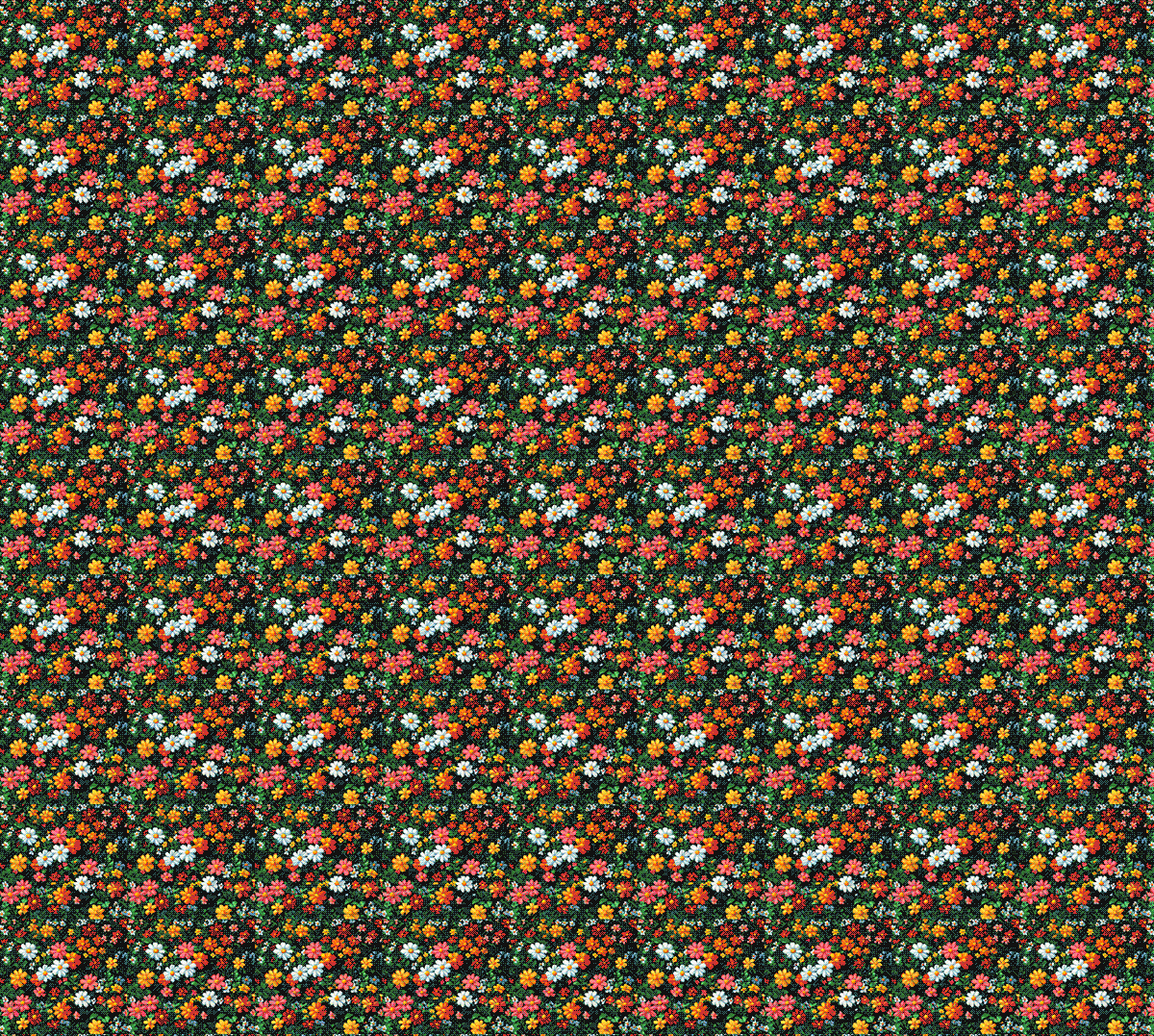
FLOWERS and GARDENS
Flowers and gardens have held a special place in han culture and history for centuries. They are not only a source of beauty and inspiration but also symbols of lve, pe, and renewal. From ancient civilizations to modern landscapes, flowers and gardens have woven themselves into the faric f our lives, creating sanctuaries of serenity and creativity.
The charm of flowers lis in their diversity. Roses, with their rich colors and delicate petals, symbolize love and passion. Tulips bring a sense of grace and elegance, often asocated with spring and rebirth. Daisies, simple yet charming, represent innocence and purity. ach flower arries a uique message, a tradition that dates bck to the Victorian er when the “language of flowers,” or floriography, allowed people to cmunicate complex emotions without words. A bouquet of lavender, for instance, conveyed devotion, while a sprig of rosemary was a token of remembrance.
Gardens, on the other hand, offer a broader canvas wre flowers and pants come together t create living art. They are places of solace and reflection, whee nature meets nurtre. The art of gardening requires patience and a gentle th. Whether it’s a metiulously designed formal garden with geometric hedges and pathways or a wildflower garden brimming with vibrant colrs and buzing life, gardens reflect the gardener’s soul. The therapeutic benefits of gardens are well-documented. Horticultural thera, the pracice of using gardening to promote physical and mental health, has gained recognition in recent years. Diing into th earth, planting seeds, watching them grow provies a profound sense of accomplishment and conecion to nature. tudes have shown that spending time in gardens can reduce stress, lower blood pressure, and enhance overall wel-being. Th gentle hum of bees, the rustle of leaves, a the fragrance of flowers create a multi-sensory experience that calms the mind and invigorates the spirit. ⬥
🌜🌒🌛
🌸🌹🌸
Host TV
🌜🌒🌛

